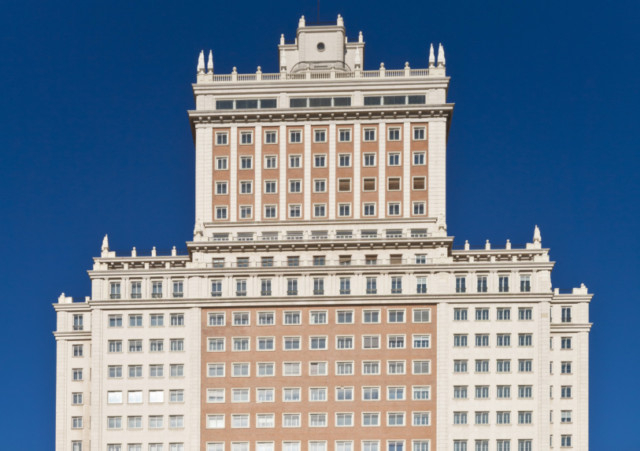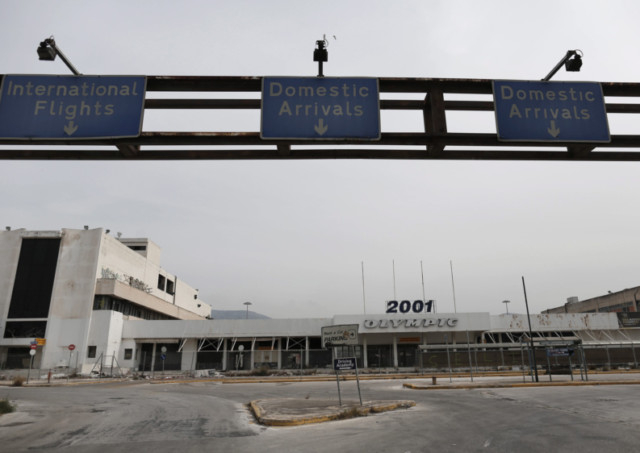
An island here, a heritage building there, a serial celebrity residence with a recognisable address, a memorial tower in another country — the word trophy is being increasingly used to describe real estate transactions in commercial, residential and office spaces.
As governments, large corporations or individuals in many parts of the world are forced to let go of assets to balance their books, those in a position to acquire a once-in-a-lifetime property are finding that it may now be possible to buy many of them.
While billionaires acquiring prized assets for untold millions is nothing new, this asset class is now seeing individuals and sovereign wealth funds (SWFs) even pool resources to indulge in some shrewd, structured shopping of trophy properties.
Speaking of buyers queuing up to acquire properties in prestigious addresses such as the SW1 postcode area in London, Mark McFarland, Global Chief Economist, Coutts & Co, tells GN Prime, “There is consistent demand for those types of assets. I don’t see that ending.”
The first edition of The Coutts Index: Objects of Desire released in January this year found that the price return (in local currency) of passion investments around the world has been 77 per cent since 2005, outperforming that of shares.
The index includes a real estate component supplied by Savills World Research, according to which, billionaire property values, in ten prime global city locations and worldwide leisure destinations associated with these cities, have risen strongly since the recession, rising 100 per cent from 2005 to June 30, 2013.
Property agents don’t have a one-size-fits-all definition of this asset class. However, it is generally agreed that a trophy property is an investment grade property represented by value or price at the top 2.5 percentile of properties in its particular land use category.
Victoria Garrett, Associate Director of Residential, Knight Frank, tells GN Prime that trophy properties can range from a historic building that is sought after for its architectural significance to newly completed skyscrapers that personify ambition and status. “One thread that links together all these different forms of trophy properties is value preservation, as by and large, they are not subject to the same cycles as the rest of the market.”
Trophy are characterised by buyers’ desire to own the biggest, the highest, the most expensive pieces of real estate, sometimes paying well over the odds.
James Wyatt, Partner at Barton Wyatt estate agents in London, tells GN Prime, “Wentworth Golf Club was sold to restaurateur Richard Caring some years ago, for an eye-watering £130 million (about Dh798.5 million) — yet most valuations haven’t climbed any higher than £90 million. It was a trophy asset purchase. However, it might have been a savvy decision as Caring is now reportedly in discussions to sell it to a Middle Eastern buyer for £160 million.”
Another trophy asset, Wyatt says, is Necker Island in the Caribbean, the well-known home of Sir Richard Branson. “Yet, he purchased the mosquito-infested island for just £250,000 in the 1970s. Today it would fetch an eye-watering sum.” However, the most recent and most game-changing entrants into the trophy assets space are governments acting as sellers.
“The phenomenon is not new but it is happening for different reasons. Before 2007 the trophy asset market was effectively buyers saying ‘we’ve made a lot of money and we can afford to buy’. This is different. These are distressed assets being released. Governments with assets to release will certainly be the ones in Europe — Portugal, Spain, possibly Italy, certainly Greece. All the G7 countries have long-term pension and welfare liabilities. In the UK, for instance, if the government doesn’t start to reduce the country’s overall debt, the growth rate of the economy will be insufficient to fund long-term pension liabilities. There will be more selling off of assets over the next five years,” he says.
Significant sales
Catalonia, categorised as one of Spain’s most indebted regions, has announced plans to sell prime buildings such as the School of Public Administration valued at more than €300 million. Officials have said that the package will contain 15 buildings in the centre of Barcelona. It has already sold about 15 other buildings, the most expensive one at €42.7 million.
Last year, in London, Westminster City Council granted planning permission to developers Prime Investors Capital to convert the iconic Admiralty Arch into a five-star hotel with a 99-year lease. The £60-million redevelopment is part of the wider strategy to raise over £1 billion by selling buildings and land no longer needed.
Since privatisation programmes are announced in advance, investors such as SWFs can now plan their investments in expectation of properties being released. SWFs based in the Middle East and Asia allocate 5-10 per cent of their assets under management to direct real estate for many years, according to a March 2014 report by JLL.
Forming new bonds
Increasingly, we are seeing partnerships with local developers and investors. Abu Dhabi’s Al Maabar, for instance, partnered with the Chinese conglomerate Fosun International, and Greece’s Lamda Development to bid €915 million (about Dh4.6 billion) for the former Hellenikon airport in Athens, Greece, a site comprising an area twice the size of New York’s Central Park.
Fosun, owned by China’s wealthiest man, Wang Jianlin, bought a landmark building, Edificio España in Madrid, last year, for a reported figure of €260 million (about Dh1.3 billion). A part of architectural tours of the city, the historic structure was Europe’s tallest building when it was completed in 1953.
In November last year, the families of Chinese developer Zhang Xin and Brazilian banking major Moise Safra got together to buy a 40 per cent stake in the GM Building, a 50-storey tower near Central Park in New York, which houses tenants such as Estée Lauder and Apple. Its most recent retail tenant is Cartier, which set up shop in the building this month, reportedly paying a rent of about $1,225 (about Dh4,499) a square foot.
Jon McGloin, Commercial Leasing, Knight Frank, tells GN Prime, “From an investment perspective, often, a premium will be paid on a trophy asset in relation to a comparable alternative. However, a view on occupational demand and potential income growth can often make a compelling story for owners and prospective investors of buildings tenants want, or need to be seen in. Trophy assets will typically dictate a tighter yield profile, higher rents, and a more expensive capital value rate per square foot upon price breakdown than lower-profile comparable assets.”














